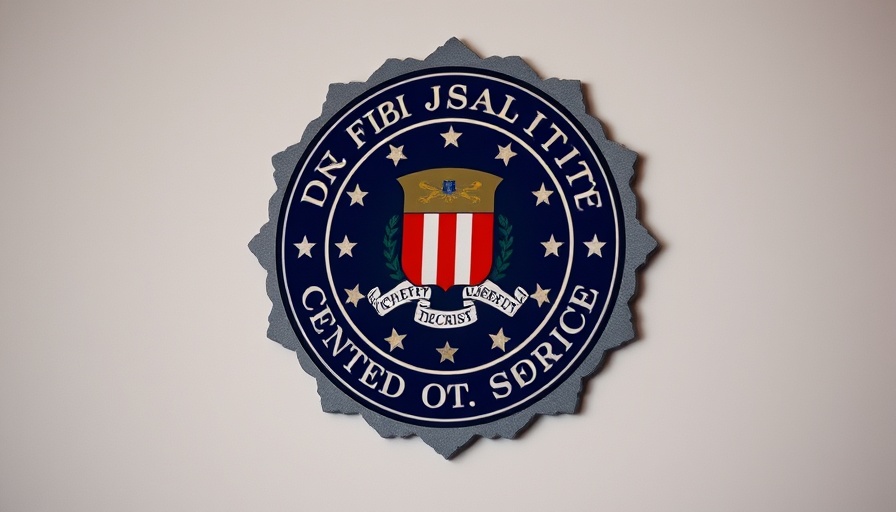
Understanding the Shift in Classification of the 2017 Shooting
The recent decision by the FBI to reclassify the 2017 Congressional baseball practice shooting as an act of domestic terrorism has reignited discussions around the motives and implications of politically charged violence in the United States. Initially labeled a "suicide by cop" scenario, the reclassification came as a surprise to many, including those who directly experienced the harrowing day. House Majority Leader Steve Scalise, who was injured in the attack, described the original classification as "offensive," emphasizing how it misrepresented the events and sentiments during that critical moment.
The Importance of Accurate Labels in Law Enforcement
Law enforcement leaders understand the ramifications of categorizing violent acts correctly. Mislabeling or underclassifying incidents can obscure the true nature of threats and hinder appropriate response training and preventive measures. The previous classification created a narrative that suggested personal despair rather than a politically motivated attack, potentially leading to gaps in policy-making and resource allocation for such incidents. As Scalise highlighted, the shooter had clearly formulated a target list that indicated a premeditated attack, showing that this was far more than an impulsive act driven by psychological distress.
Polarized Reactions Within Political Circles
The FBI's classification also echoes a broader polarization within political circles regarding domestic terrorism. Some politicians, while acknowledging Scalise and former Congressman Mo Brooks’ experiences, argue that the label of domestic terrorism is selectively applied and often depends on the perceived political affiliation of the perpetrators. Critics of the decision might raise concerns about how this affects public perception of certain political groups, especially in a politically divided environment.
Lessons from the Past: The Need for a Reformed Approach
As the FBI revisits this case, it opens the door for a reevaluation of domestic terrorism definitions and law enforcement training practices. Understanding what constitutes domestic terrorism requires a nuanced approach to political violence, emphasizing clear communication and defined criteria for threats. Enhanced training for officers and agents on recognizing and responding to the unique characteristics of politically motivated violence is essential.
Technological Innovations and Their Role
The integration of technology in law enforcement provides a promising avenue for addressing the challenges associated with domestic terrorism. Advanced analytical tools can help in identifying patterns and potential threats, allowing for proactive measures. By utilizing AI and data analytics, law enforcement agencies can better understand the motivations behind violent acts and implement more effective training and community relations strategies. For instance, real-time surveillance and data collection can enhance the accuracy of threat assessments and resource allocation, potentially saving lives in future incidents.
Community Relations Matter
An incident like the Congressional shooting emphasizes the need for strong community relations, where law enforcement works collaboratively with citizens to address public safety concerns. Understanding the local context—like spotting early signs of domestic extremism—can play a critical role in preventing violence. Everyone from neighborhood watch groups to schools can contribute to public safety by fostering dialogue and cooperation with law enforcement.
Conclusion: Call for Comprehensive Policy Reforms
As the FBI rectifies its classification of the Congressional shooting, it serves as a poignant reminder of the complexities surrounding domestic terrorism in our society today. Policymakers must capitalize on this moment to push for comprehensive reforms that bridge the gap between law enforcement tactics, technology, and community relationships. Awareness and understanding of these critical dynamics will ultimately lead to more informed strategies aimed at preserving public safety.
 Add Row
Add Row  Add
Add 

 Add Element
Add Element 




Write A Comment